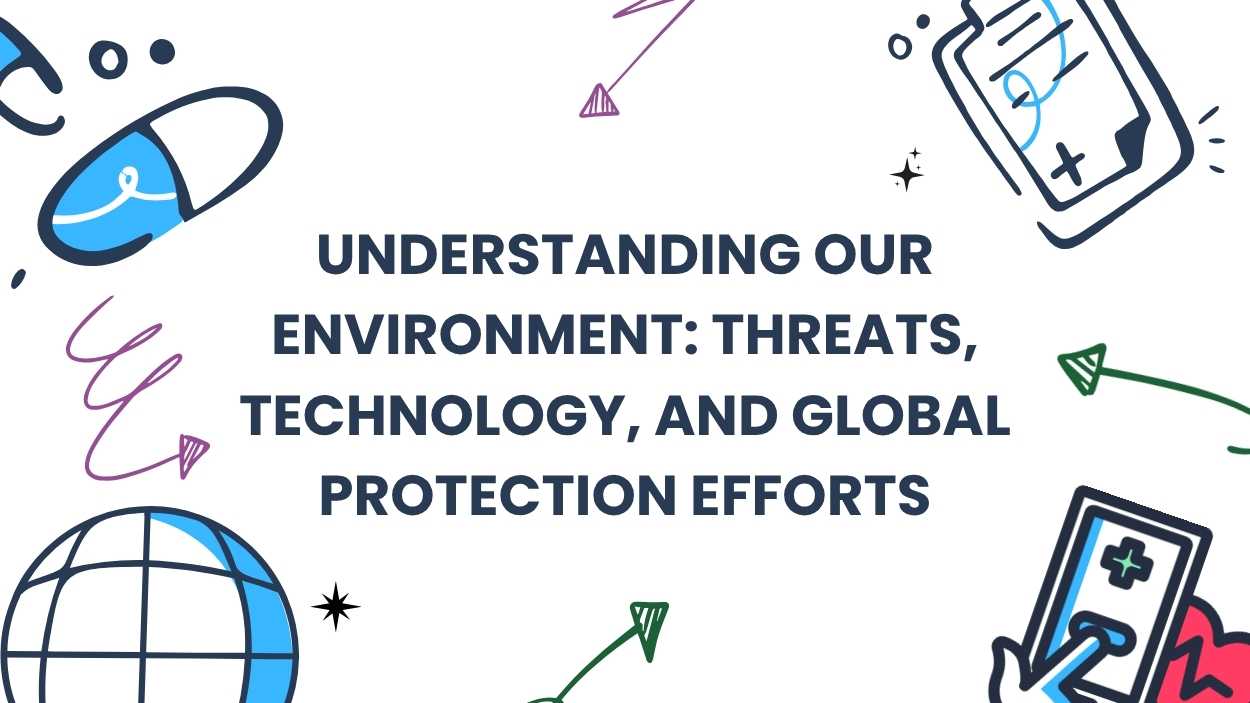In a world saturated with digital culture, it’s not surprising that symbols of resistance are no longer confined to the history books; instead, they’re leaping off the screens of our smartphones and into the streets. The iconic Jolly Roger from the anime and manga series *One Piece*, a skull and crossbones adorned with a jaunty straw hat, has emerged as a surprisingly potent emblem for Gen Z protesters across the globe. This isn’t just about fandom; it’s a powerful statement of solidarity, a visual shorthand that instantly communicates shared values of freedom, defiance, and a yearning for a world unburdened by injustice. The rise of this symbol underscores the unique way this generation engages with the world: through shared experiences and a global, interconnected consciousness nurtured by the internet.
The Pirate Code in the Digital Age
The core appeal of the *One Piece* narrative—a band of ragtag pirates fighting against a corrupt world government—resonates strongly with a generation acutely aware of societal inequalities. The series’ protagonist, Monkey D. Luffy, embodies a spirit of unwavering optimism and a relentless pursuit of personal freedom, characteristics that perfectly capture the zeitgeist of many young people today who are questioning authority and demanding change. The fact that *One Piece*’s creator, Eiichiro Oda, has been crafting this epic tale since 1997, coinciding with the rise of Gen Z, means the flag has a deep emotional connection and a shared history for many. This shared cultural experience, fostered by the internet, allows instant recognition and understanding, creating a sense of unity that transcends geographical boundaries.
Beyond Borders: A Global Language of Resistance
The straw hat flag’s journey from animated series to the forefront of global protests showcases the power of shared cultural codes. Its use in pro-Palestinian demonstrations, anti-corruption rallies in Indonesia and Nepal, and various protests in the West illustrates its adaptability and resonance. This adaptability is partly due to the decentralized nature of its spread. No single organization or group is “in charge” of the symbol, allowing it to organically appear wherever young people fight for change. Instead, it seems to emerge naturally, reflecting a global consensus on the need for fairness and equality. This collective adoption highlights a generational yearning for a future that aligns with the values of justice, transparency, and liberty.
This is hardly the first instance of pop culture shaping the symbols of resistance, but the scale and velocity of the *One Piece* flag’s adoption is unprecedented. From *The Hunger Games*’ three-finger salute to the *V for Vendetta* mask, these symbols become cultural shorthand, facilitating communication and sparking solidarity. What differentiates *One Piece* is its origin within a widely loved media franchise. The very nature of anime fandom, which often includes a strong sense of community, helped this symbol transcend national boundaries and languages. It’s a reminder that culture is a living, breathing thing, constantly evolving and being reinterpreted in unexpected ways, particularly by those who are shaping the future.
A Symbol for the Future
Ultimately, the straw hat flag’s success as a protest symbol offers a glimpse into how Gen Z approaches social and political action. It’s a testament to the influence of pop culture, a powerful expression of shared values, and a clear signal that this generation is not afraid to challenge the status quo. By turning to the adventures of Luffy and his crew, this generation has found a universal language of hope and rebellion that resonates across the globe, uniting activists and inspiring hope for a future free from corruption and oppression. As the world continues to evolve, this animated flag will likely become a lasting symbol of the global youth movements demanding change.













